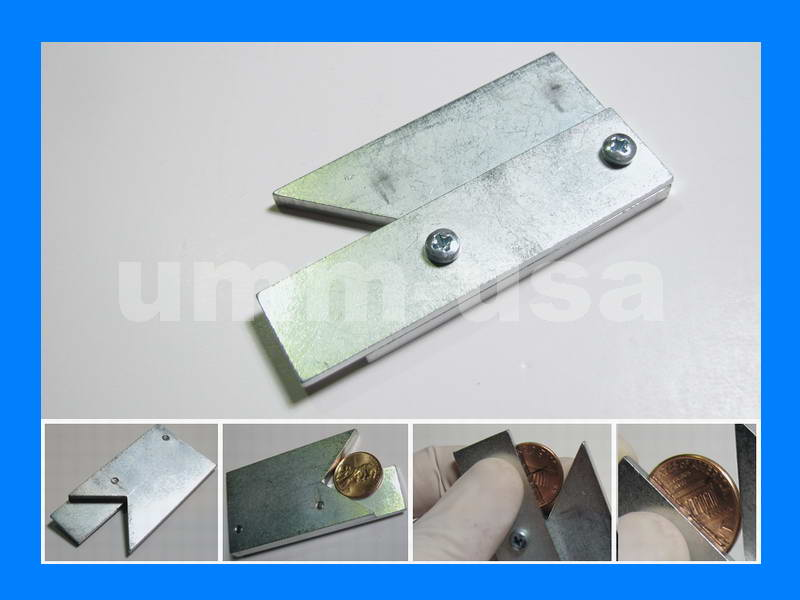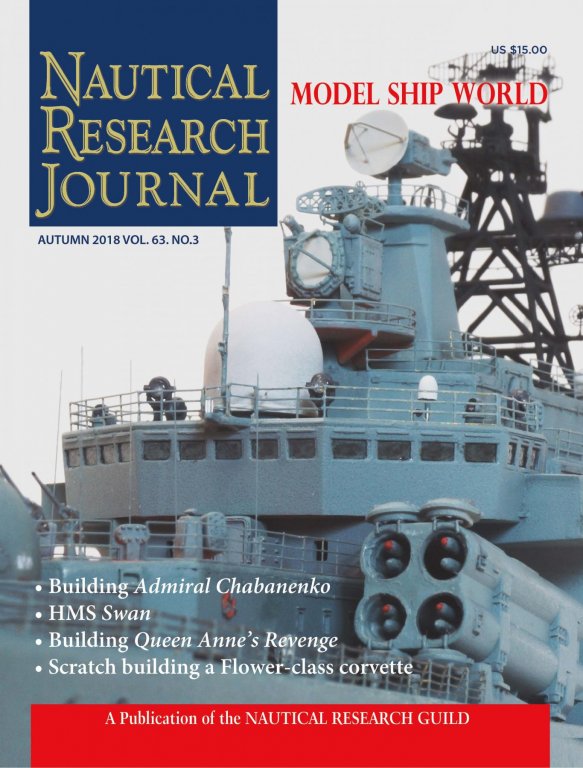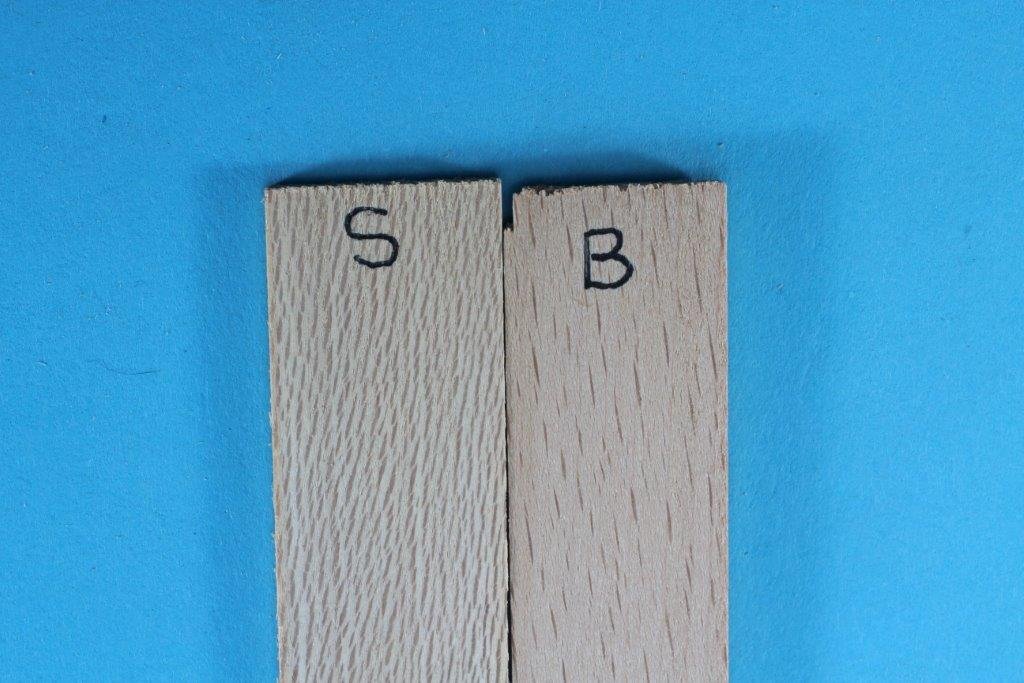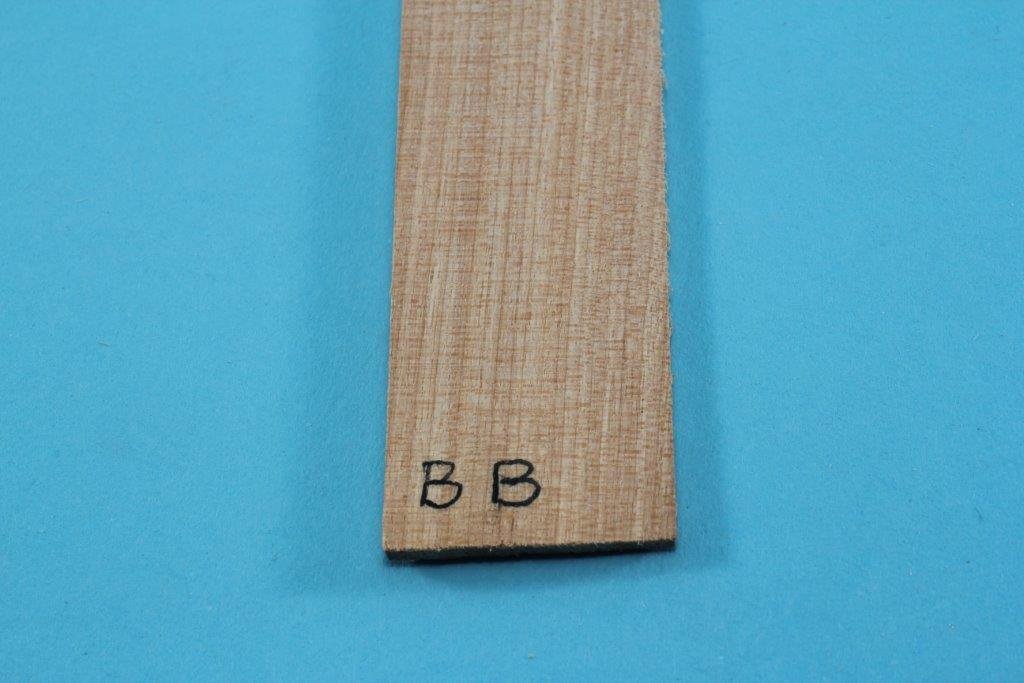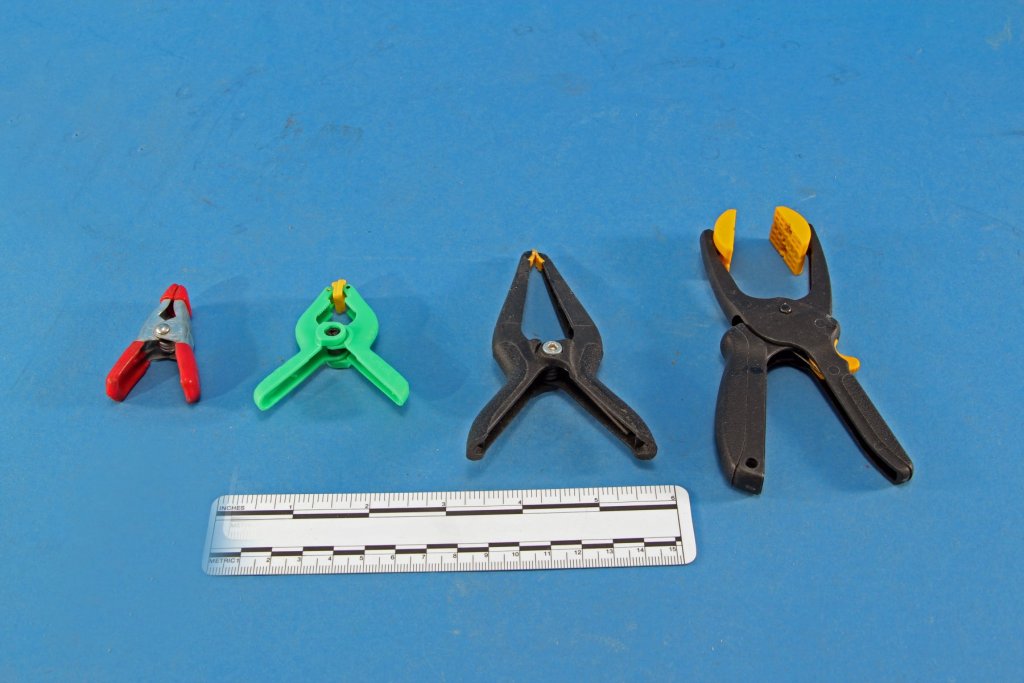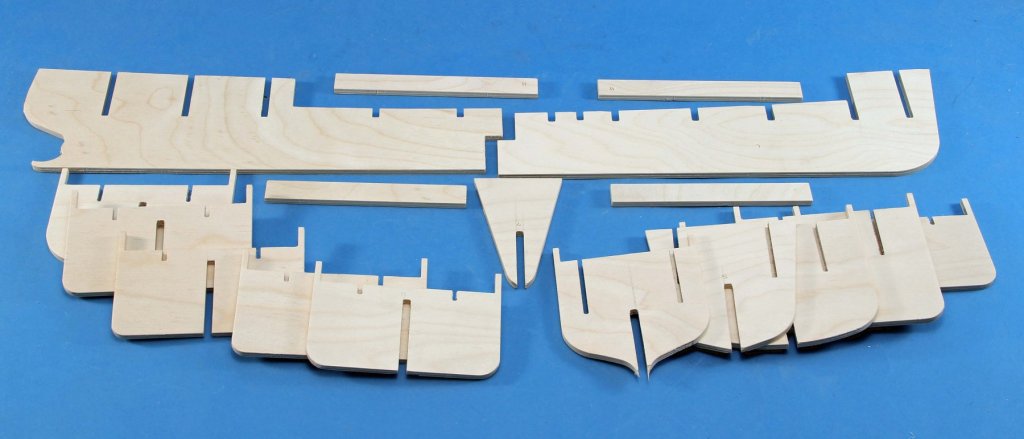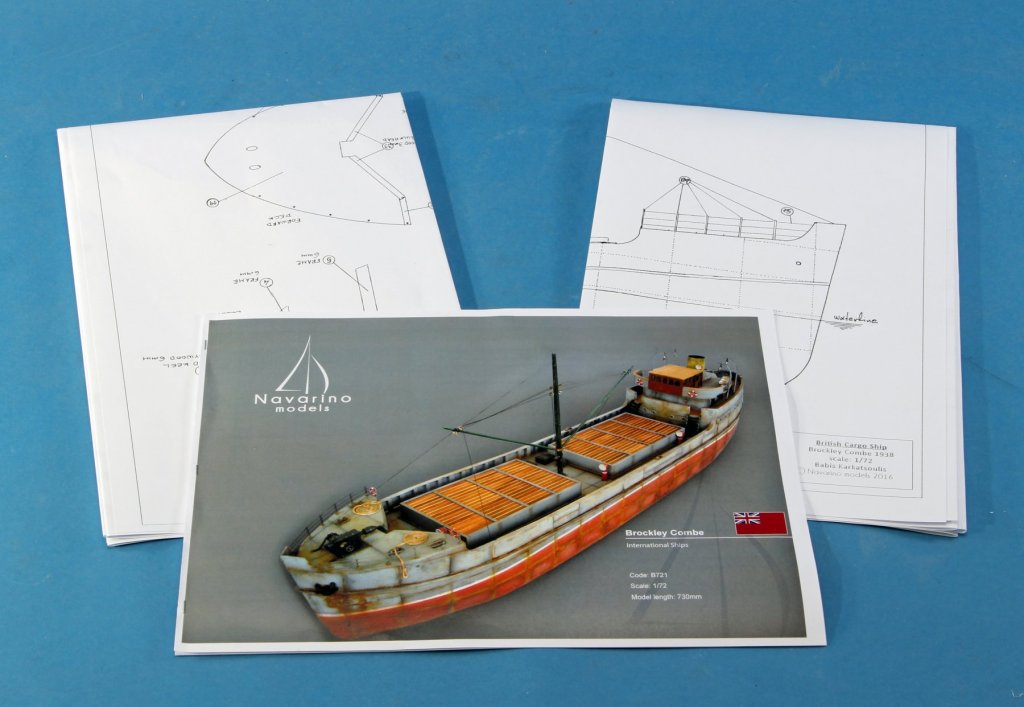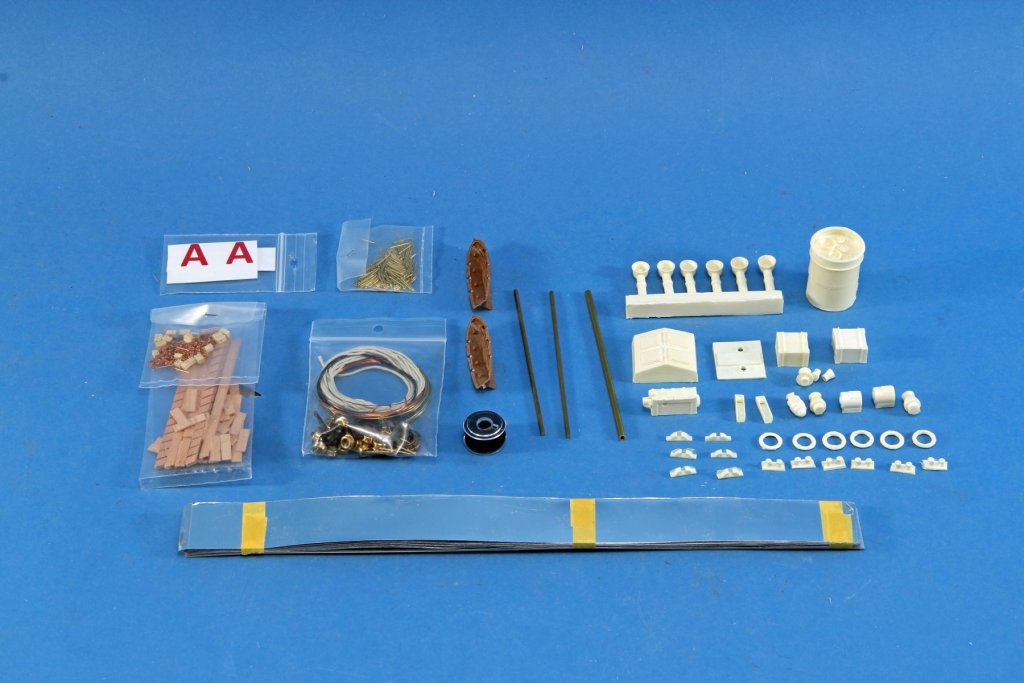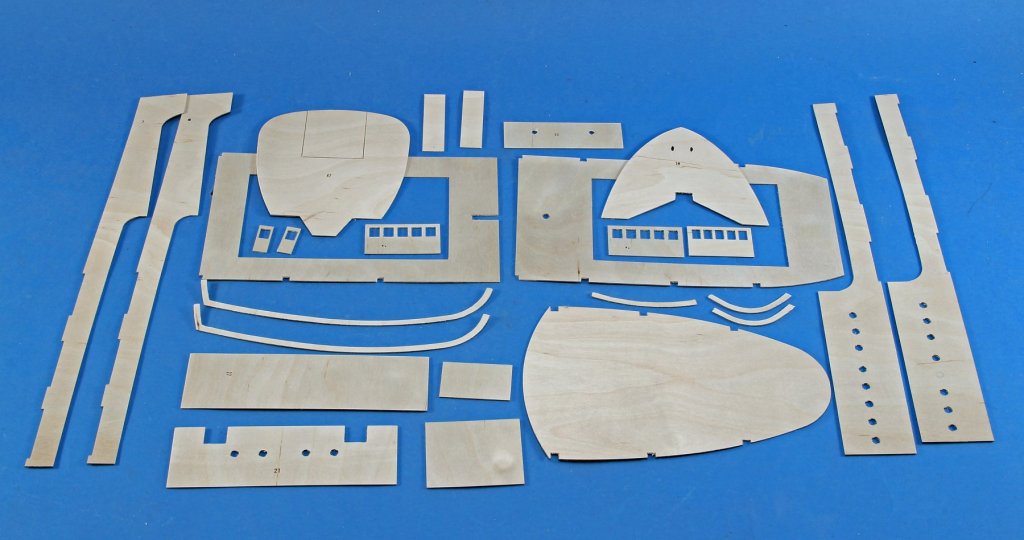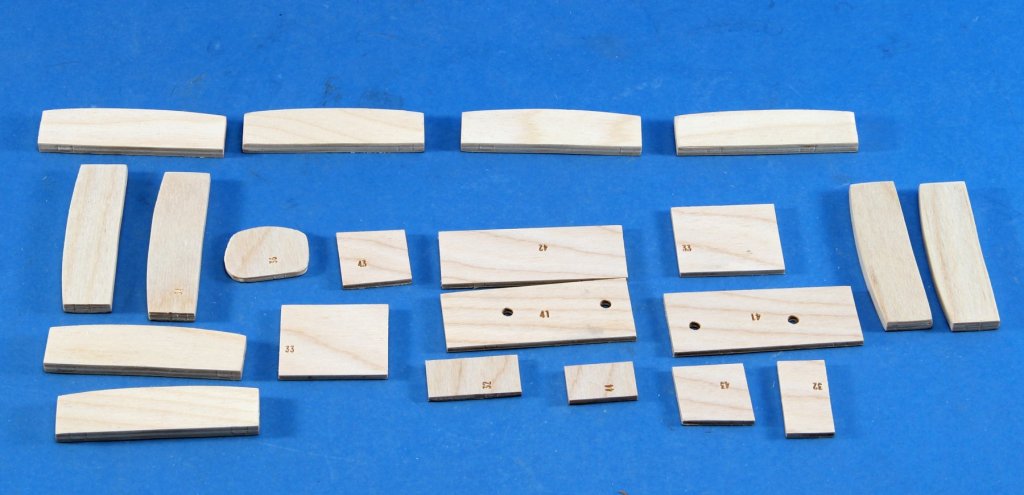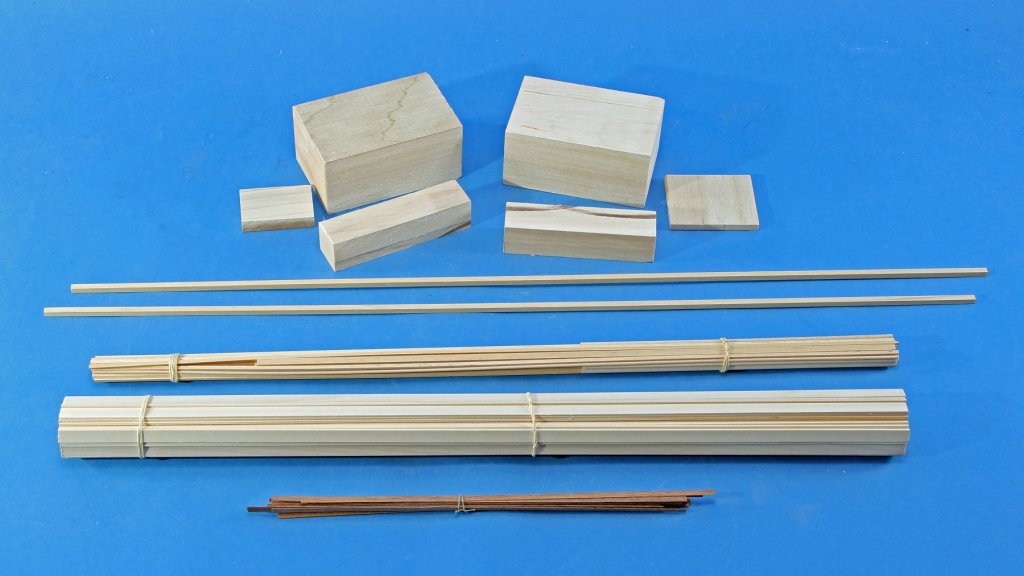-
Posts
3,026 -
Joined
-
Last visited
Content Type
Profiles
Forums
Gallery
Events
Everything posted by kurtvd19
-
UMM-USA has this nice little center finder - I have one and love it - for only $8.50. http://umm-usa.com/onlinestore/product_info.php?cPath=21_162&products_id=6607 UMM is a good source for good tweezers and photo etch tools Kurt
-

NRG's JOURNAL is now Digital
kurtvd19 replied to kurtvd19's topic in NAUTICAL RESEARCH GUILD - News & Information
Derek: Welcome aboard. Your support of the NRG helps us do things like making MSW available to the hobby. Glad you like the Journal. Take care, Kurt -

NRG's JOURNAL is now Digital
kurtvd19 posted a topic in NAUTICAL RESEARCH GUILD - News & Information
NEW DIGITAL EDITION OF THE NAUTICAL RESEARCH JOURNAL The digital option that many have been asking for is now a reality. This first issue is being made available free to everybody, members and non-members alike, because we are convinced many will want to sign up for the digital option. WE HAVE UPDATED THE COVER - We have added the name of the NRG’s Ship Modeler’s Forum, – Model Ship World, - to the right of the new title box as the forum has become so widely used and now such an integral part of the NRG. We have added 16 pages to the Journal and increased the modeling related content. The additional 16 pages are full color – doubled to total 32 pages of color - to feature more modeling content. Features of the digital edition: The same content as the printed Journal Viewable on any computer, tablet or mobile phone Full color photos and illustrations Add bookmarks and notes Archive of all digital editions released during your membership Available immediately when each issue is released...no more waiting for the mail New lower-cost digital only membership option Cost-effective for international members Go to https://www.thenrg.org/digital-edition.php to see the first digital issue. The digital edition is available for only $40. The print Journal is $50 or an additional $15 if both print and digital are wanted. Existing members - If you prefer to receive only the digital edition (starting with the next issue Winter 2018) or want to add the digital edition to your print copy contact the NRG office to make the change. Non-US members may want to take advantage of the assured delivery and save with the digital edition for $40 versus the $62 fee for print copies to non-US areas. New members can pick print, digital or both at the NRG Store – don’t put it off – sign up now. NRG Office – nrghomeoffice@gmail.com or 585-968-8111 Sign up on-line - https://www.thenrg.org/join-the-nrg.php Show your support of the NRG – sign up for the digital Journal. Membership in the NRG helps us support MSW and the hobby of model ship building. -
Went to the hardwood store and took various woods over to hold next to some White Oak planks. After a bunch of back and forth I decided on Birch. Looks perfect. Steve Wheeler had suggested using Birch and he was right. A piece of 1 x 4 and a piece of 1 x 2 each about 5' long will be a lot more than I need for this project but these were the shortest lengths w/o any streaks of darker wood. Less than $20 and I am all set. Have already ripped a bunch and cut all the frame pieces I need. Thanks for the input guys. Kurt
-
Thanks Roger. I looked through my stash and found a piece of Sycamore. I think the figuring may be too much. The photo is of a 13/16 inch piece marked as "S". The other piece "B" in the photo is Beech. Between the two I am leaning to the Beech. I cut a piece off a billet of Black Birch that I like. I am going to the hardwood store tomorrow or Wednesday and check out some White Birch as I am told it has less figure than the Black Birch. I have Red Oak galore in my full size shop but not a stick of White Oak, so I am going to compare the pieces I cut against the White Oak as well as comparing the White Birch to the White Oak. I plan to use Chuck's Alaskan Yellow Cedar in place of the Yellow Pine that was used for ceiling planks, cabin framing and planking and a few other places. White Pine was the primary wood used as it's the hardest and best wood for boats that is native to IL. Kurt
-
Eric: Great work and it looks very good. Had you not mentioned the wider planks nobody would have noticed.😀 As to weathering the hull - once you start with the weathering you need to keep the rest of the boat weathered to the same degree. A pure white hull will look odd with weathered decks. Good to see you got some time to post. Kurt
- 599 replies
-
- sidewheeler
- arabia
-
(and 4 more)
Tagged with:
-
Larry: My current project has some dead ends and I had to just say - it would be nice to know but it's not worth any more of my time. One dead end is what happened to the steam engine from the City of Pekin - an I&M Canal boat? The records tell me the manufacturer, model, sizes, HP, etc of the engine. It also names the boat where it was originally used. However, all sorts of records show that the aft 40' of the City of Peking were cut off - presumably so the engine, boiler and machinery could be used for another boat but neither the exact year the stern was removed or where the engine went has been documented. I finally said that I just can't spend any more time on this question because I don't need the info for my project. If it happens to drop into my lap someday, I will be sure to get it published so future researchers will have the answer. An interesting thing I found out and a good lesson why one has to question "facts" that are published relates again to the I&M Canal. Dr. John Lamb wrote that the locks on the I&M Canal (paraphrased) "were all identical in size so that a canal boat 18' wide by 99' long could fit into the locks". He never provided the actual measurements of the locks. Common sense said they had to be longer than 99' and wider than 18' - but how much? This quote was picked up word for word by every subsequent author that wrote anything about the I&M Canal locks. Not a problem until the I&M Canal Heritage Foundation group hired me to build a diorama of Lock 14 and the two canal boats they were proposing to build for tourists to take rides on the stretch of the Canal between Lock 14 and Lock 13. They provided the plans for the boats direct from the designer but when I asked about the actual size of the locks their historian wassn't able to give me anything except Lamb's description and many subsequent copies of his description printed in other sources. Plagiarism? Not when one is researching I guess! Well, luckily I live within 15 miles of Lock 1 and as it is completely dry I could measure the lock and made drawings for the model and provided them to the canal group so they now have actual dimensions rather than Lamb's description that everybody just copied. Is there anything in the newspaper photo that you can use as a comparison to the size of the boiler? A doorway, person or a coal shovel? Kurt
-
Larry: Just don't fall into the "Research Trap" where you never get around to building the model while you search for that last definitive piece of information. At some point you have to say "time to build". Kurt
-
Welcome to MSW Larry. As you already know this place can be a fountain of information - even on riverboats! BTW I found some info on steamboat hull measurements that I will send you later today. Kurt
-

2018 NRG CONFERENCE - REGISTRATION OPEN
kurtvd19 replied to kurtvd19's topic in NAUTICAL RESEARCH GUILD - News & Information
Peter: It was determined long ago based on the experience with some of our Directors involvement in a big west coast event over several years when they did this and attendance dropped off substantially with people spending a few $$ to view in their home rather than attending. This hurt the attendance enough that the event was losing money. It is very expensive to do a good job of recording live events and they were not able to recoup their recording costs with the sales of the recordings. Probably because those who stayed home intending to buy the recordings never got around to it. With that experience, with the same audience (ship modelers) as we have had over the years it was decided not to do this for the reasons above. However, the board is looking at something like this down the road now with MSW being part of the NRG. The NRG membership pays for what the NRG is able to do and we need to increase the number of NRG members significantly in order to have the capital to do things like this. If 10% of the current MSW members were to join the NRG we would be much better able to do this type of activity. We have some things in the works to make membership more attractive so hopefully the numbers will go up and we can consider your suggestion again in the future. Kurt- 19 replies
-
- nrg
- conference
-
(and 2 more)
Tagged with:
-

2018 NRG CONFERENCE - REGISTRATION OPEN
kurtvd19 replied to kurtvd19's topic in NAUTICAL RESEARCH GUILD - News & Information
Jim: The banquet is the concluding event of the conference on Saturday evening. I will get something added to say that it's on Saturday evening. One of those things that I guess we just assumed everybody knew. Thanks for pointing this out for us so we can correct it. Kurt- 19 replies
-
- nrg
- conference
-
(and 2 more)
Tagged with:
-
I agree completely - WAY overpriced for everything they sell - nice but unless I hit the lottery big (very hard to do when I don't buy tickets) I will probably never buy one of their tools. Kurt
-
Ron: Look in MicroMark's catalog. Also Harbor Freight, Lowes, Home Depot and Menards carry the clamps. All of the clamps in the photo can be bought at any of these places - not sure if the small metal clamps at the left are available from MicroMark though. Kurt
-
It sounds like the paint is pretty thick if you can see the primer under the paint and it isn't bleed. The fix is to either remove all the paint and redo it or mask next to the line making the line a bit wider and then don't prime but add a layer of paint out to the tape. Remove the tape and the previous edge should be hidden by the paint. I think removal and starting over might make a better job of it. Also, it sounds like the tape was pretty thick to allow a build up of primer and paint so the edge is able to be seen. Never use hardware store masking tape - it is too sticky and the edges are not straight and smooth and it's real thick. Use a good automotive or hobby masking tape. Tamiya tape is good as is 3M Fine Line tape. I have switched to FBS K-UTG Gold Crepe masking tape from Coast Airbrush (link below). It is a very thin tape that isn't too sticky - sticky tape can lift underlying paints - and conforms well. The thin tape doesn't let paint build up alongside it. https://www.coastairbrush.com/proddetail.asp?prod=FBS_K-UTG_Gold_Crepe_Masking_Tape Hope this helps Kurt
-
Rob: That book by Lankford is good and useful. Also look at Planking the Built-up Ship Model Jim Roberts (MSB113) at Model Expo. Both books are must haves for beginners. I can't recommend Model Expo's paints - very thick and the only paint that I have never been able to use in an airbrush - you can't thin the pigment size down. Contact me at my regular email about paints. Look at the various build logs here on the Bluenose to guide you as you go. Also download the instruction book for it now and look it over. Kurt
-
No you do not - you are asking on behalf of fellow European modelers not MSW. As long as you do not make reference to MSW wanting them to be distributors you don't need permission of any sort. Kurt
- 216 replies
-
- masterkorabel
- ships
-
(and 3 more)
Tagged with:
-
Navarino Models - 1/72 scale - Brockley Combe - 1938 British Cargo Ship The Brockley Combe was a small (171’ x 29’ x 13’) British cargo ship built in 1938 by the shipyard Charles Hill & Sons of Bristol City. It ran aground on May 12, 1953 in the Channel Islands and broke in two, with no loss of life. Charles Hill and Sons was originally Hillhouse and Company, established in 1772 with several name changes until Charles Hill took control in 1845 and named the company Charles Hill and Sons. Charles Hill and Sons went out of business in 1977 with approximately 560 ships built and over 2,000 repaired in their yards over their 205 years. The 1/72 scale model kit by Navarino Models of Athens, Greece builds into a model that is 29” long by 4 7/16” in beam. There are two sheets of full size plans and a six page instruction manual with twenty full color photographs to supplement the instructions. The kit is plank on bulkhead style with a two-part false keel and 11 frames of very good quality five-ply plywood, 0.242” (6mm) thick. The deck, bulwark, roofs and cabin sides are cut from 3/64” (1mm) three-ply plywood. There is also a bag of 21 plywood parts of various thicknesses of three-ply and five-ply. I did not observe a single void between the plies of any of the plywood parts. All of the wood appears to have been CNC routed rather than laser cut as the edges are char free and very smooth. The bulkheads fit to the false keel piece very snugly and being CNC cut there is no angle to the cut like with laser cutting. I dry fit all 11 bulkheads in place without any fit issues. Solid blocks of basswood are supplied for the bow and stern blocks that are carved to the shape of the hull to be planked over. There are also 20 pieces of 0.006” thick aluminum sheet pre-cut into 1” strips for the hull plating. Planking material is 1/16” (1.5mm) x 5/16” (8mm) basswood. The deck planking is 0.021” (0.6mm) x 0.081” (0.2mm) of an unidentified dark wood. Various other sizes of basswood strip are also supplied for the hatch covers. There are a number of very well cast resin parts with very little flash and no pinholes that I noticed. Brass stanchions, brass tube and rod, rigging line, eyebolts, brass wire, anchor chain, cast metal anchors, 3 blade nylon prop and eight each of 3mm and 5mm single and double blocks make up the misc. pieces. There are also British flag and ship’s name decals provided. The instructions are very brief and without the twenty photographs provided would not be adequate for a beginner. Prior plank on bulkhead construction experience will definitely be an advantage. Anybody with just a bit of experience should be able to build this model without a problem. I am looking forward to seeing just how the aluminum hull plating material will conform to the hull. Rivets are absolutely needed at this scale and the instruction photos show a good representation of rivets on the built up model. I plan to use a rivet press by North West Short Line but there are a lot of sources now for rivet heads for those without a rivet press. The photographs and plans show the placement of all of the supplied components of this vintage cargo ship, but supplemental research materials will be needed to make it an accurately detailed model. The supplied kit parts and instructions will provide a nice but not highly detailed model and like all kits can be upgraded with additional details to the builder’s level of detail with some additional research and some scratch building. I think that small cargo ships are underrepresented as a modeling subject and I think this kit is a good representation of a classic design. Review previously published in the Nautical Research Journal Issue 62.4 (Winter 2017)
-
Eric: I agree with Michael on this and it makes a lot more sense that this would have been the way it was done rather than a joint - it would be the strongest way to do it. Kurt
- 599 replies
-
- sidewheeler
- arabia
-
(and 4 more)
Tagged with:
About us
Modelshipworld - Advancing Ship Modeling through Research
SSL Secured
Your security is important for us so this Website is SSL-Secured
NRG Mailing Address
Nautical Research Guild
237 South Lincoln Street
Westmont IL, 60559-1917
Model Ship World ® and the MSW logo are Registered Trademarks, and belong to the Nautical Research Guild (United States Patent and Trademark Office: No. 6,929,264 & No. 6,929,274, registered Dec. 20, 2022)
Helpful Links
About the NRG
If you enjoy building ship models that are historically accurate as well as beautiful, then The Nautical Research Guild (NRG) is just right for you.
The Guild is a non-profit educational organization whose mission is to “Advance Ship Modeling Through Research”. We provide support to our members in their efforts to raise the quality of their model ships.
The Nautical Research Guild has published our world-renowned quarterly magazine, The Nautical Research Journal, since 1955. The pages of the Journal are full of articles by accomplished ship modelers who show you how they create those exquisite details on their models, and by maritime historians who show you the correct details to build. The Journal is available in both print and digital editions. Go to the NRG web site (www.thenrg.org) to download a complimentary digital copy of the Journal. The NRG also publishes plan sets, books and compilations of back issues of the Journal and the former Ships in Scale and Model Ship Builder magazines.


